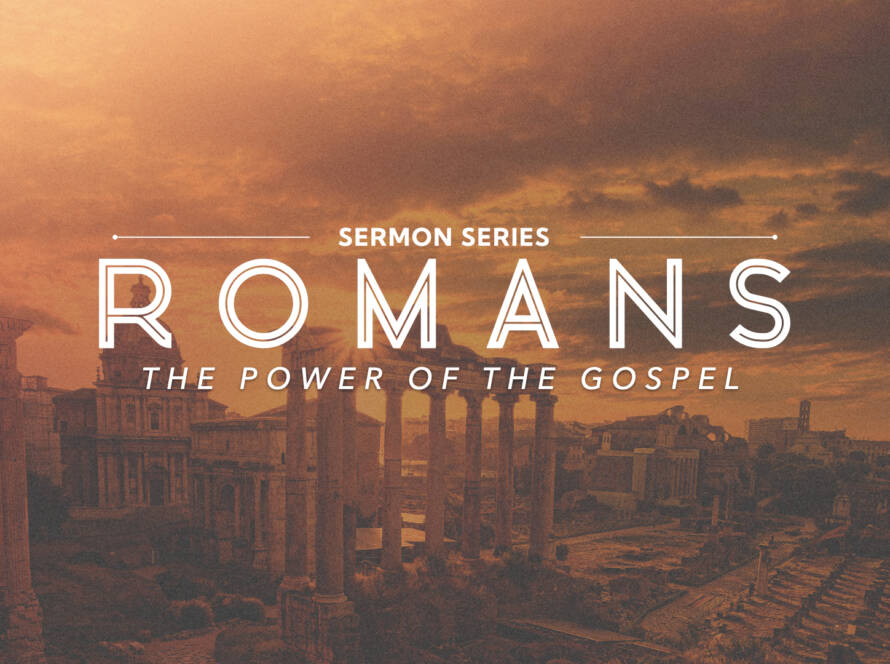How do you know if someone is a true Christian? In the old covenant, adherence to the 613 commands of the Torah marked the people of God. In the new covenant in Christ, self-giving love (i.e., holiness; Christ-like love) empowered by the Holy Spirit is the mark of the believer.
It is historically and theologically significant that the Father and the Son fulfilled the promised of pouring out the Holy Spirit on Christ-followers on the day of Pentecost. Pentecost is the Old Testament celebration of the giving of the Law at Sinai (Ex. 19–20). This means that the Holy Spirit and the Law have similar functions in that they both review: (1) sin, (2) the character of God, and (3) the people of God to the world. The Holy Spirit, like the Law, is the MARK of the people of God. In the old covenant, the mark was outward (circumcision, dress, dietary laws, sabbath observance, etc.). In the new covenant, the mark is inward (love).
2.0 The Revealing work of the Law and the Holy Spirit
2.1 The Law and the Holy Spirit reveal Sin
The fact that God sends the Holy Spirit on the day that the Jewish people were celebrating the giving of the Law in the Old Testament tells us that the Law and the Holy Spirit must have much in common. For starters, the Law and the Holy Spirit both reveal sin. They reveal our sins (plural), as well as the sin condition (singular; Rom. 7). Paul says that sin is not counted where there is no law (Rom. 5:13). He also says, “Therefore the law was our tutor to bring us to Christ, that we might be justified by faith” (Gal. 3:24), meaning that the Law reveals in us our need (sin) for Jesus. Likewise, Jesus teaches that he will send the Holy Spirit and that the Holy Spirit will convict the world of sin (Jn. 16:8–11).
2.2 The Law and the Holy Spirit Reveal the Character of God
By simply observing the kind of things that God commands in his law and through the Holy Spirit, we can make observations about his character. By prohibiting adultery, that tells us that God is faithful. By commanding us to forgive and love, that tells us that he himself is loving and merciful, which is the basis for this passion for reconciliation (i.e., atonement). When God commands us to give to the needy, that reveals his compassion and empathy.
2.3 The Law and the Holy Spirit Reveal the People of God to the World
The world knows who is Jewish based off of the external witness of their obedience to the Law (e.g., dietary restrictions, dress, holidays, etc.). In other words, those outside the churhc (and inside) know who is and who is not a member a God’s covenant community (i.e., family) by their obedience to the covenant stipulations. The same is true of the Holy Spirit. The Holy Spirit is the mark of the Christian (not circumcision or dietary laws). The Holy Spirit, Paul says, is the “seal” that marks off the church (Eph. 1:13–14). How do you know who a Christian is? He or she will exhibit the fruit of the Spirit (love, joy, peace, patience, kindness, goodness, faithfulness, gentleness, self-control; Gal. 5:22–23).
2.4 The Difference Between the Law and the Holy Spirit
The big difference between the Law and the Holy Spirit is that the Holy Spirit not only reveals sin, but empowers us to overcome sin. It is by the power of the Holy Spirit that we can fulfill the righteous requirement of the law (Rom. 8). In the giving the Law at Sinai, God wrote his commands (i.e., his moral character) on tablets of stone. In giving the Holy Spirit, God writes his commands on the tablets of human hearts, meaning that the Holy Spirit indwelling us is a radical transformation of our very nature.




